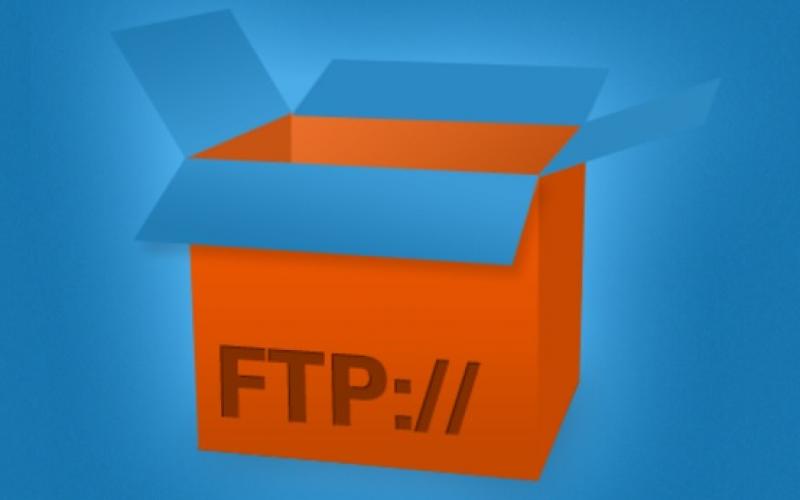Open source tools for storage are beginning to proliferate and some are garnering strong support in the enterprise. These tools range from software that builds storage appliances to backup solutions, cloud storage tools, and compression packages.
Like most other open source software, open source storage varies in terms of quality and features, which will determine which tools you'll want to use. These software packages have different levels of maturity, which is reflected in their number of proponents and favorable online reviews.
One thing to remember about open source software is that support is limited, unless paid support from a third party is available. You aren’t on your own, since the community is there to help, but limited support can delay resolution of issues.
The most mature open source storage packages are in the appliance code class. Mature software like Ceph does well in the market, while Gluster and Lustre are positively venerable, as is ZFS. At the other end of the maturity spectrum are cloud storage management tools, which are generally very new and still evolving in a market segment that is a moving target.
Open source has yet to address some storage needs, including virtual SAN creation and monitoring. We also need open source tools for software-defined storage, especially in the orchestration/policy-based management area.
Still, with inexpensive COTS hardware underpinning this open source code, we are about to see a substantial portion of the IT industry migrating to the open source approach. While this isn’t good news for the traditional vendors, I expect we’ll see something like the Linux revolution taking place in storage, with the result a much healthier industry driven by a high rate of innovation.
Today, enterprises have more options than expensive, proprietary storage. Continue on to learn about open source storage tools that businesses should consider.
(Image: Unsplash/Pixabay)















